In this lecture series, Dr. Gong Xue will tell you which conditions need implantation of pacemaker.
Severe sinus bradycardia is one of the indications for pacemaker.
Are you wondering about the “sinus rhythm” of the EKG on your physical examination report?
Does sinus rhythm mean an abnormal heartbeat?
What is sinus bradycardia?
Does sinus bradycardia require implanting a pacemaker?
To answer these questions, we should first explain two pictures:
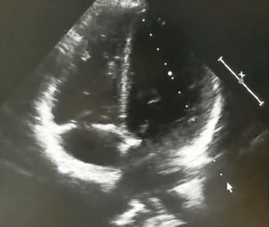
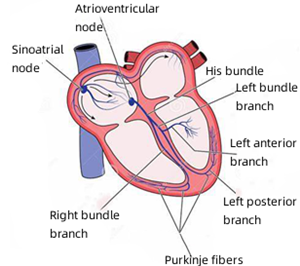
The heart is like a house with four rooms (two atria and two ventricles), which can be clearly observed through echocardiography. But the house also has water pipes and electrical circuits (blood vessels) and they are invisible to echocardiography.
As shown above, the electrical impulse travels down the conduction pathways following this pattern: Sinoatrial node-Atrioventricular node-His bundle-left and right bundle branches-Purkinje fibers.
1 What is sinus rhythm?
Just like a house has a master switch and levels of circuits, the electrical conduction pathways in a heart are graded:
On the top, it is the sinoatrial node (commander who gives orders)
Atrioventricular node in the middle (Herald)
His bundle-Purkinje fiber system is located down.
The bottom are the cardiomyocytes that execute the order.
SA node keeps generating electrical impulses and sends them to the cardiomyocytes through conduction system, so that the heart can keep beating.
Following an order given by SA node, the heart beats once. Under normal condition, heart rhythms are controlled by SA node, thus called sinus rhythm. Next time when you see sinus rhythm on your health checkup report, you can know that it is normal.
2 What is sinus bradycardia?
The SA node typically gives 60 to 100 orders in a minute, which means the normal range for sinus rhythm is 60 to 100 bpm. When a heart rhythm is slower than 60 beats per minute, sinus bradycardia occurs.
Should sinus bradycardia be treated? How is it treated?
Athletes, those with heavy physical work and regular exercise, often have heart rate under 60 bpm at rest, sometimes even 50 bpm. But they are healthy, without any symptoms. In such cases, it is a physiological bradycardia with no need for treatment. During sleep, when the body needs less blood and oxygen supply, most people’s heart rate is lower than 60 beats per minute, which is also normal.
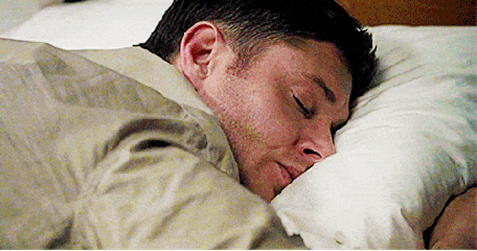
Sometimes the heart rate suddenly slows down due to reversible conditions, and it can return to normal after the conditions are treated.
For example, if the artery supplying blood to the SA node is blocked, the SA node will have less blood, and the heartbeat will suddenly slow down. When the blocked blood vessel is opened, the heart rhythm will probably return to normal;
Some people may take medications that slow the heart rate, such as beta-blockers, diltiazem or digoxin. The heart will beat normally again when these medications are stopped;
Poisoning caused by certain drugs or toxics, severe electrolyte disorders, myocarditis, etc., can cause a slow heart rate. In most cases, the heart rate can return to normal after treatment. However, during the treatment, intravenous drug administration is still needed to increase heart rhythm to ensure organ perfusion; Sometimes even a temporary pacemaker is needed.
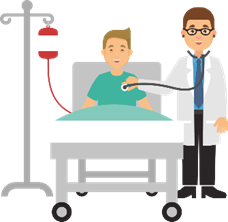
But many cases of sinus bradycardia are caused by the aging of the SA node, where a pacemaker may be needed.
Then when should a pacemaker be implanted?
When the symptoms do occur.
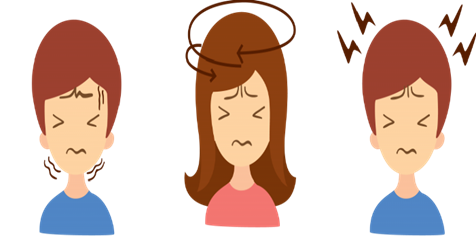
When you have dizziness, fainting, syncope, fatigue, poor exercise tolerance, chest distress and palpitation, and there is a definite correlation between these symptoms and bradycardia, treatment may be needed.
How do you prove that?
❶ Each time you have symptoms, check your pulse via an electrocardiogram, electronic sphygmomanometer, or exercise bracelet, or count it by yourself, and in all cases the heart rate is slow.
❷ You can also perform Holter for 24 hours or more, and, if necessary, implant an event recorder with the size of USB, to detect possible arrhythmia and determine whether the symptoms and arrhythmia are related.
people who have mild symptoms but heart rates are below 40 bpm when they are awake for a long time, because long-term severe bradycardia can lead to cardiomyopathy, heart failure and other diseases.
But if you have chronotropic incompetence, although bradycardia does not show serious symptoms or signs, you are also recommended to have a pacemaker implanted.
What is chronotropic incompetence?
The heart rate normally rises during exercise, and may even reach to 180 beats per minute, and drops at rest. But those with chronotropic incompetence have impaired response to physical activity. When taking a stress test (a person is asked to run on a treadmill under EKG monitoring to check whether there is myocardial ischemia), patients with chronotropic incompetence cannot have their heart rate reach 85% of the predicated maximum heart rate (often used as the end of a stress test), which is calculated by (220-age)×85%. In such case, it is also indicated that the SA node is not functioning properly and may require a pacemaker.
In a word, if your EKG indicates sinus bradycardia but without any symptoms, you may not worry too much. What you need to do is just follow up regularly and monitor. However, if you have some discomfort like dizziness, amaurosis, fatigue, chest distress, you should go to the hospital promptly, to check whether the symptoms are caused by bradycardia for the further treatment.
References:
【1】UpToDate: Permanent cardiace pacing: Overview of devices and indications.
【2】2013 ESC Guidelines on cardiac pacing and cardiac resynchronization therapy. European Heart Journal (2013) 34,2281-2329.